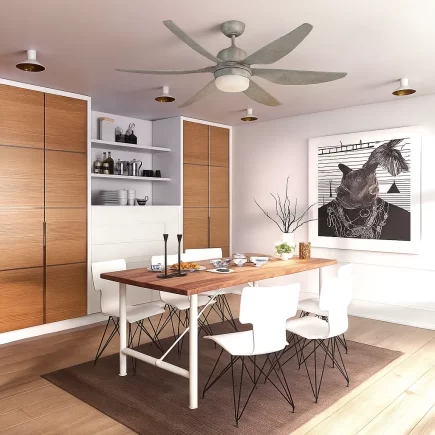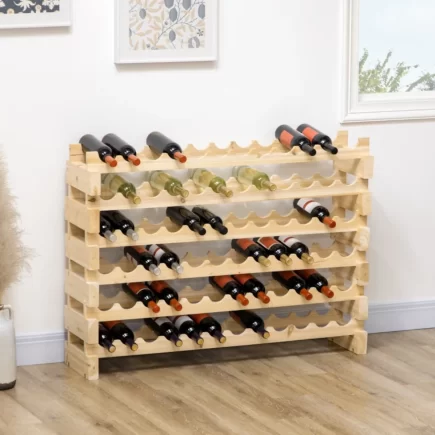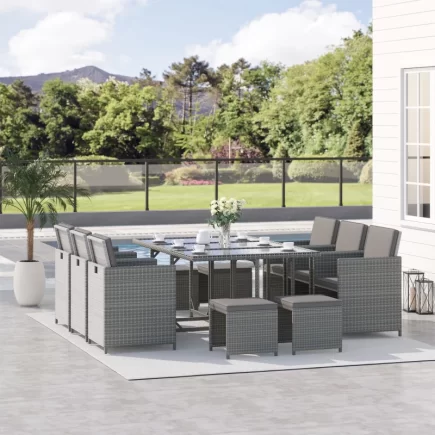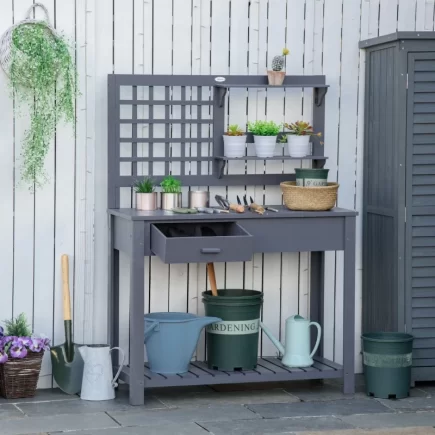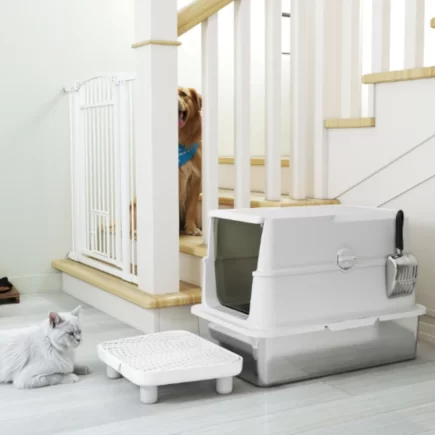When furnishing your home, especially when considering the eating areas, the terms “dining table” and “kitchen table” often come up. Though they may seem similar at first glance, these two types of tables are designed with different purposes, features, and considerations in mind. In this article, we will explore the key differences between dining tables and kitchen tables, helping you make an informed decision for your space.

Multifunctional Usage: Dining Table vs Kitchen Table
While both tables serve as spaces for eating, they are designed for different levels of functionality.
Dining Table
A dining table is often a focal point of a room and can be used for more than just meals. It may double as a workspace, a place for board games, or a place to entertain. Some dining tables are large enough to accommodate multiple functions, especially in households that lack a dedicated home office or entertainment space.
Kitchen Table
The kitchen table is generally more utilitarian. It’s used for preparing meals, sorting groceries, or even completing household tasks such as homework or paying bills. Some families opt for a kitchen table that can also serve as a breakfast nook, but its main role remains focused on everyday, functional use.

Family-Friendly Features
Dining Table
Dining tables are typically designed with families in mind but lean toward a more formal approach. Many dining tables have a polished surface, making them easy to clean, but might not offer features that make them the best fit for young children. However, there are dining tables available with kid-friendly options such as rounded edges or easy-to-wipe surfaces.
Kitchen Table
Kitchen tables, by contrast, are often more practical for families with children. They are usually more durable, with materials that handle spills, stains, and the wear and tear of everyday family life. Kitchen tables may have additional features like built-in storage or seating that’s easier for children to access.
Positioning and Placement: Dining Table vs Kitchen Table
The location of the table is one of the most defining factors between dining and kitchen tables.
Dining Table
A dining table is often positioned in a dining room or a large, open space separate from the kitchen. It is meant to be a standalone piece of furniture that emphasizes aesthetics and space. A dining table often functions as a space for family members to gather away from the busy kitchen environment.

Kitchen Table
The kitchen table, however, is usually located within or near the kitchen itself. This close proximity to the cooking area makes it more convenient for meal prep, serving food, and cleaning up. It’s also more likely to be used for other household chores, given its proximity to the heart of the home.
Height and Dimensions: Dining Table vs Kitchen Table
Dining Table
Dining tables are typically designed to be slightly higher than kitchen tables, making them ideal for comfortable seating and dining. A standard dining table height is around 28 to 30 inches, ensuring that there is enough room for individuals to sit comfortably with their legs under the table. These tables are also generally longer, often seating six or more people.
Kitchen Table
Kitchen tables are usually lower in height, typically between 26 to 28 inches as well, but with smaller dimensions. They are often designed for more casual use, and as a result, are typically compact enough to fit into a kitchen space. A kitchen table may seat fewer people (often four to six) and may not have the same expansive feel as a dining table.
Design Flexibility: Dining Table vs Kitchen Table
Dining Table
Design flexibility is where dining tables shine. These tables often come in various materials, shapes, and finishes, allowing homeowners to match them with different interior design styles. From classic wood to modern glass, the design possibilities are endless. Many dining tables also come with extension options for larger gatherings.

Kitchen Table
The design of a kitchen table is more focused on functionality than aesthetics. While kitchen tables do come in different styles, they are generally simpler and more durable. They are made to withstand daily use, and therefore, may not offer the same level of variety in terms of style as a dining table. They tend to favor practical, easy-to-maintain materials like wood or metal.
Material Durability: Dining Table vs Kitchen Table
Dining Table
Dining tables often feature more delicate materials such as glass, marble, or fine wood, which can be prone to scratches and damage if not treated carefully. These materials are chosen to enhance the aesthetic appeal of the dining room but may require more maintenance and care. For example, glass dining tables require frequent cleaning, and wood surfaces may need periodic refinishing.
Kitchen Table
Given the heavy traffic and daily use, kitchen tables are made from more durable materials that can handle frequent spills, stains, and general wear and tear. Kitchen tables are typically constructed from materials like laminated wood, stainless steel, or composite materials that are designed for resilience and easy cleaning. These tables can handle the messier side of family life.

Cost Comparison: Dining Table vs Kitchen Table
Dining Table
The cost of a dining table can vary widely depending on its materials, size, and design. A luxury dining table made from fine wood or marble can be quite expensive. On average, a basic dining table might cost anywhere from $80 to $2,000 or more, depending on the quality and craftsmanship.
Kitchen Table
In contrast, kitchen tables are usually more affordable. They tend to be smaller, simpler in design, and made from materials that are less costly. On average, a kitchen table may cost anywhere from $100 to $1,500, depending on its size and material.
Choosing Between Dining Table and Kitchen Table
In the battle of Dining Table vs Kitchen Table, the choice depends on your specific needs, space, and lifestyle. Dining tables offer more design flexibility, formal ambiance, and are great for larger gatherings. However, they may require more maintenance and cost more. Kitchen tables are more practical, family-friendly, and designed for everyday use, but they may not provide the same level of design customization or formal setting as a dining table.
FAQs
1. What’s the best option if I want one table for both cooking and hosting?
A sturdy kitchen table with a polished finish can double as a casual dining table. It balances durability for daily tasks with enough style for entertaining.
2. Can I repurpose a dining table as a kitchen table long term?
Yes, but choose a durable surface finish or add a protective cover. Dining tables with delicate materials may wear down quickly in a kitchen setting.
3. What’s a good solution if my family needs flexible seating?
Opt for a bench-style kitchen table or a dining table with extendable leaves. Both allow you to adjust seating capacity depending on the occasion.



